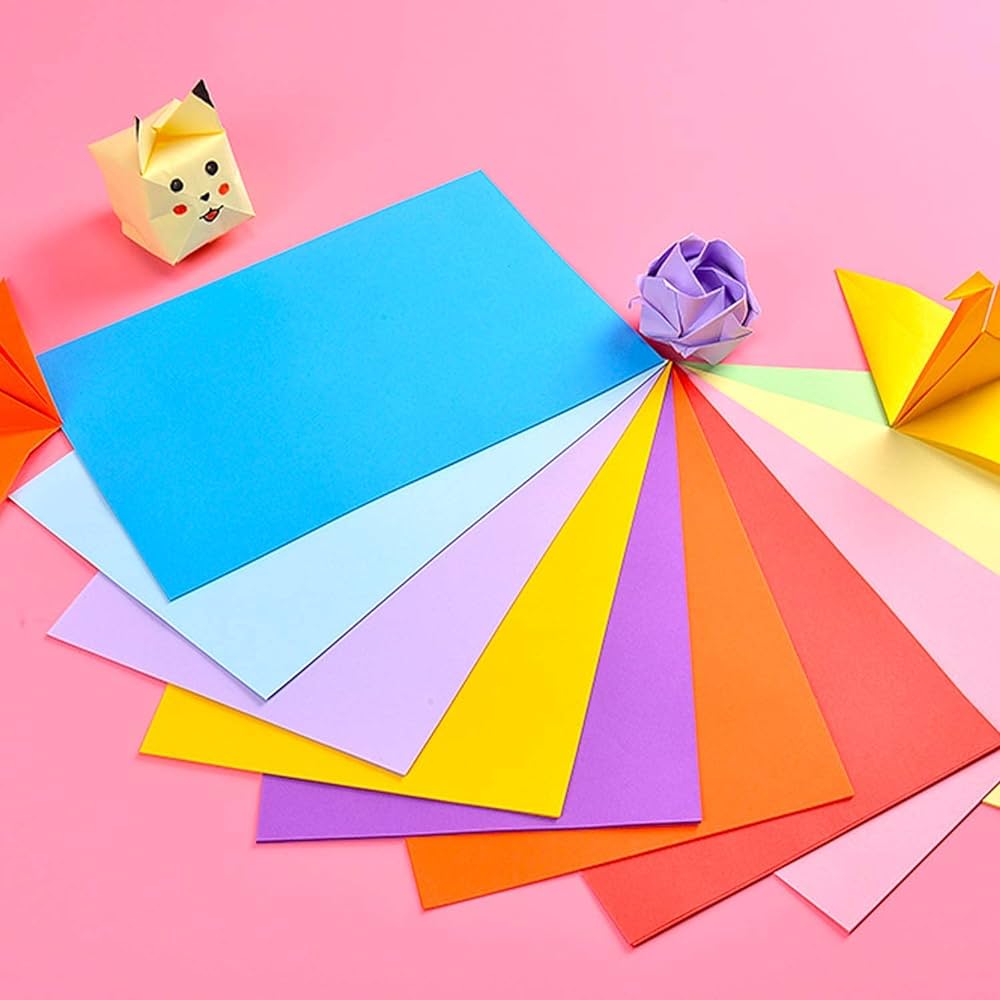Origami, the ancient art of paper folding, has evolved over centuries to encompass a wide range of techniques and styles. While traditional origami often focused on creating representational forms, modern and contemporary origami paper designs have pushed the boundaries of the art form, exploring abstract concepts, complex geometries, and innovative folding techniques. In this article, we will unfold the world of modern and contemporary origami paper designs, divided into four sections to explore the diverse and captivating aspects of this evolving art form.

Abstract Origami
Abstract origami paper designs embrace the freedom of expression, allowing artists to create unique and unconventional shapes without the constraints of representational forms. Artists often experiment with bold color combinations, intricate folds, and unexpected textures to convey emotions and ideas. Abstract origami designs can range from geometric patterns and modular constructions to organic, flowing shapes that mimic natural elements. This style of origami encourages artists to explore their creativity and challenge traditional notions of what origami can be.
Kirigami and Pop-up Origami
Kirigami and pop-up origami combine the art of paper folding with cutting and manipulation techniques. Kirigami involves intricate cutting and folding to create intricate and decorative designs, such as snowflakes or intricate patterns. Pop-up origami, on the other hand, focuses on creating three-dimensional structures that pop out when the paper is opened. These designs can range from simple pop-up cards to elaborate scenes and sculptures. Kirigami and pop-up origami add an exciting interactive element to the art form, captivating viewers and engaging them in a dynamic and playful experience.
Tessellations and Modular Origami
Tessellations and modular origami explore the repetition and interlocking of geometric patterns to create intricate and mesmerizing designs. Tessellations involve folding a single sheet of paper into a repetitive pattern that covers the entire surface without overlapping or gaps. This technique allows for the creation of stunning, symmetrical designs that showcase the harmony and balance of mathematical principles. Modular origami, on the other hand, involves folding multiple units or modules and interlocking them to form larger, more complex structures. This style of origami offers endless possibilities for creating sculptures, decorative objects, and architectural models.
Environmental and Social Consciousness
In recent years, origami paper designs have also started to reflect environmental and social consciousness, showcasing the art form’s potential to convey important messages and raise awareness about pressing issues. Artists have utilized origami to address topics such as sustainability, endangered species, and social justice. For example, the use of recycled or eco-friendly papers in origami projects highlights the importance of reducing waste and protecting the environment. Additionally, origami models of endangered animals or symbolic representations of social struggles serve as powerful visual statements that provoke thought and spark conversations. This blend of art and activism demonstrates the transformative power of origami in addressing critical global challenges.
In conclusion, modern and contemporary origami paper designs have propelled the art form into new territories, embracing abstraction, interactivity, mathematical intricacies, and social consciousness. From abstract forms to kirigami, tessellations, and socially-driven designs, origami has evolved to reflect the diverse perspectives and creative possibilities of today’s world. As artists continue to push the boundaries of origami, the future holds exciting prospects for further innovation and exploration in this timeless art form.









